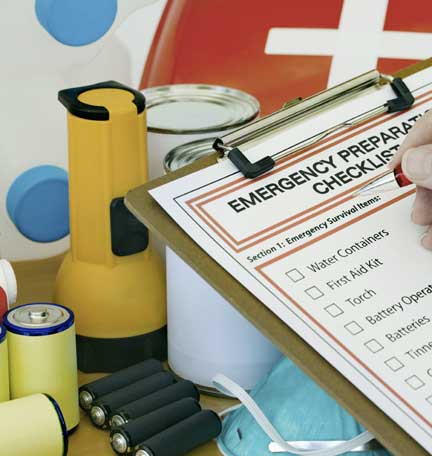Being a victim of identity theft can affect you not only financially, but emotionally as well. Fortunately, if you think your identity has been stolen, there are ways to recover
Here’s how to know if you’ve probably been victimized, plus what you can do to help stop an identity thief.
How to Know if You’re Probably the Victim of Identity Theft
There are a few telltale signs your identity may have been stolen, including:
- Unexplained withdrawals from your bank accounts
- Unfamiliar accounts on your credit report
- Bills or other mail not being delivered you
- Debt collectors calling about debts that don’t belong to you
- The IRS notifying you that more than one tax return was filed in your name
- Your health plan rejecting your legitimate medical claim because records show that you’ve reached your benefits limit
- Notice that your information was compromised from a breach at a company where you do business
For a comprehensive list of signs that you’ve been a victim of identity theft, visit consumer.ftc.gov.
If you’ve determined your identity has been stolen, take immediate steps to mitigate the damage. Here’s a good place to start:
1. Get on the Phone
Call the fraud departments of all the places where you have reason to believe a fraud has occurred or will likely occur, including businesses you shop with, credit card companies, and your bank. Tell them that your identity may have been stolen and you’d like to close any new (fraudulent) accounts that were opened in your name without your authorization as well as freeze the accounts that are actually yours.
In addition, change all of your login information, PIN numbers, and passwords.
2. Place a Fraud Alert with a Credit Bureau
Contact one of the three credit bureaus: Equifax, Experian, or TransUnion. A fraud alert is free and will make it more difficult for someone to use your identity to open accounts. You should receive a letter from each of the credit bureaus that confirms that they placed a fraud alert on your file. Once this is in place, get a copy of your credit report from one of the bureaus, review it, and track any account or transaction you have no knowledge of.
3. File a Complaint with the Federal Trade Commission (FTC)
Visit ftc.gov/complaint to fill out a complaint form using the FTC Complaint Assistant. The step-by-step form asks questions like which accounts were misused (credit cards, government documents, internet accounts, etc.), details about the theft such as when you noticed that someone may have stolen your identity, and whether you’ve contacted any credit bureaus. Give as many details as possible and make sure all the information is accurate, because the information you supply will comprise an Identity Theft Affidavit.
Once you fill out your Identity Theft Affidavit, provide copies to businesses, credit card companies, and your bank, and request that they send you a letter confirming you aren’t liable for any of the fraudulent activity.
4. File a Police Report
Report the identity theft to your local police department, and retain a copy of the police report. Bring with you:
- Your FTC Identity Theft Affidavit
- A photo ID
- A piece of mail with proof of your address, like a utility bill
- Any other proof you have of the theft, such as a credit card bill that reflects the fraudulent charges
Once you’ve taken these steps to report the identity theft, you’ll be on the road to repairing whatever damage may have been done. Depending on your situation, you may have to take additional steps to protect yourself. To get a complete list of what to do once these initial steps are completed, visit identitytheft.gov.
Learn more about ways identity theft can happen and how to protect yourself.









